
Product Introduction
Square shoulder milling inserts: ideal for precision machining
Common types of square shoulder milling inserts
APMT type: It is a widely used square shoulder milling insert type with strong versatility and stable performance.
R390 type: Suitable for square shoulder milling, its tip radius is usually 0.031 inches.
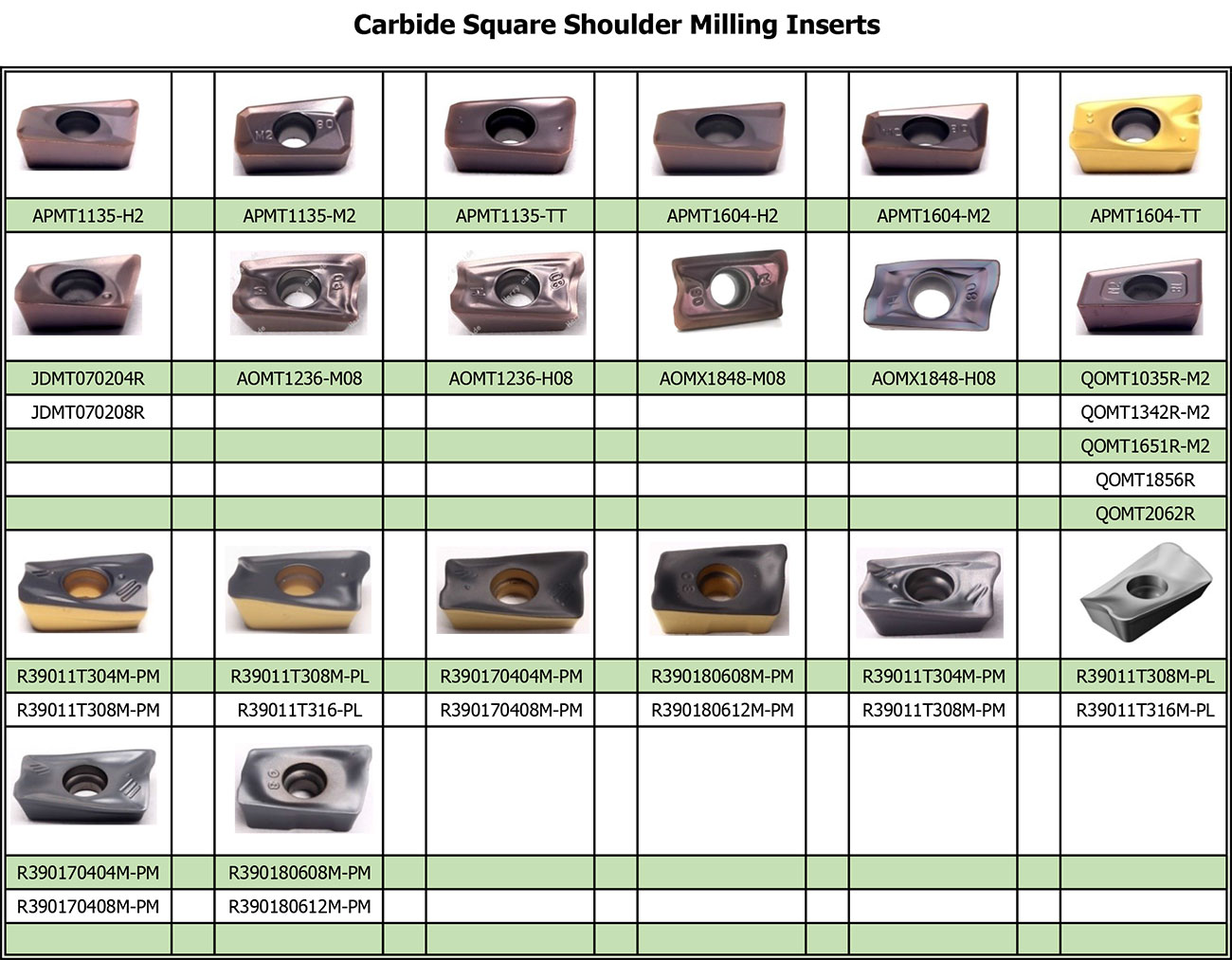
Our Main Grade
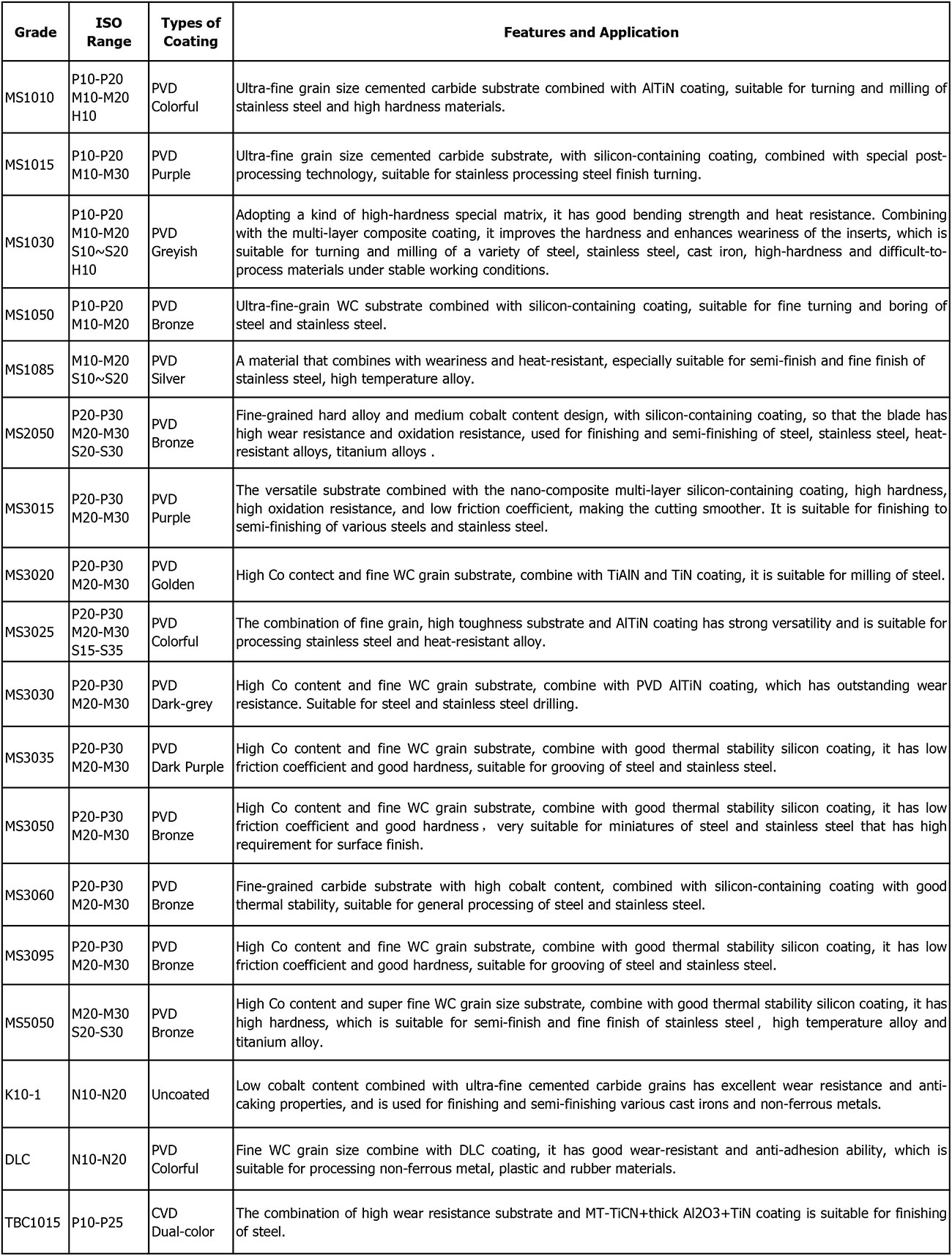
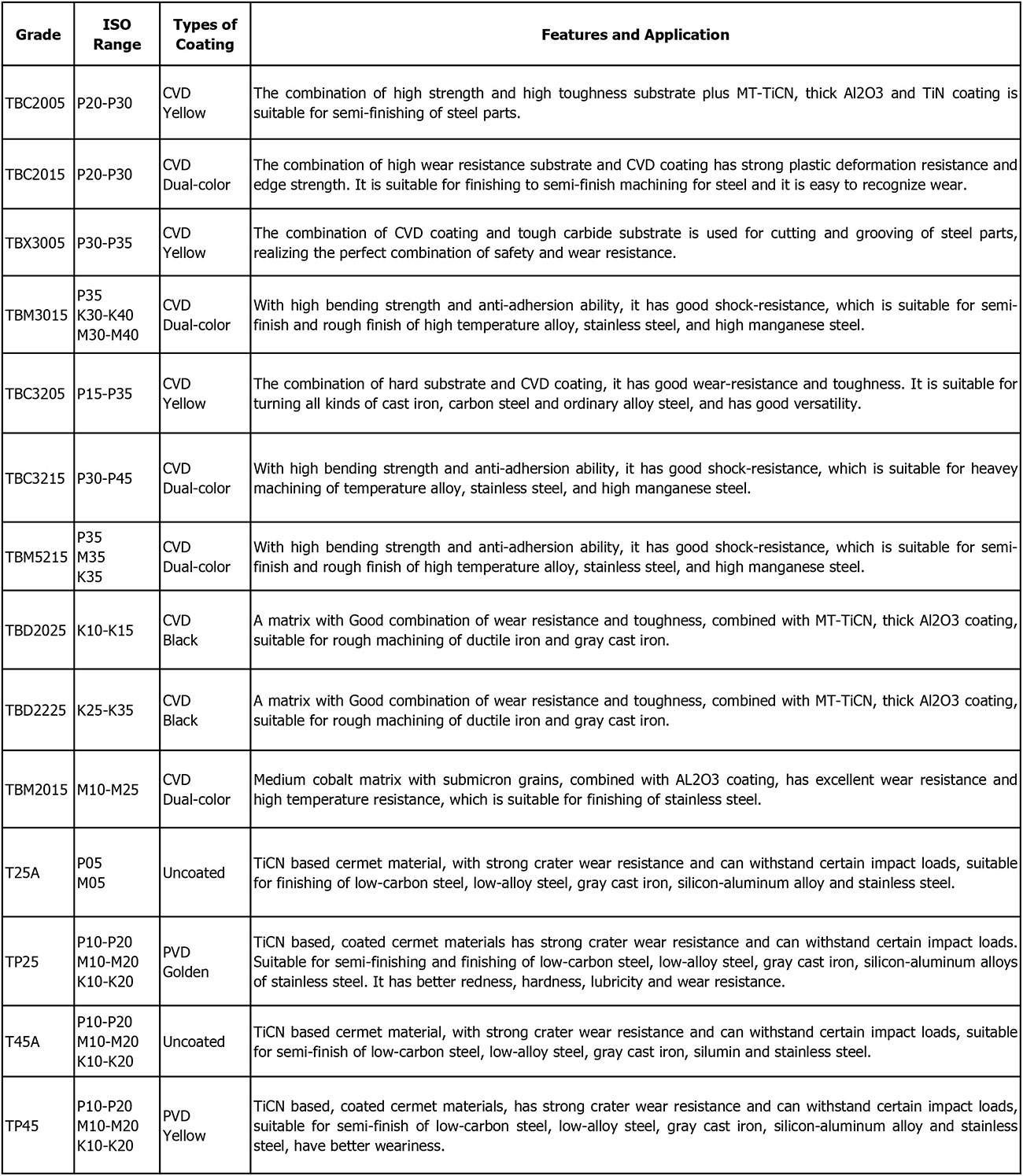
Company Profile

Zigong Xili Tool Co., Ltd was found in 2013; it is located in Zigong Bancang Industrial Park, the national high-tech zone of Zigong City, Sichuan Province. The company is committed to the research and development of new materials cutting tool, production of carbide turning inserts, milling inserts, boring inserts, grooving inserts, special shape inserts, customized inserts and other carbide products.
The company has a complete cemented carbide production line, processing line and inspection line. After years of ongoing development and accumulation, it has gained a good reputation in the industry owing to its excellent quality and professional service.
In recent years, the company develops rapidly, expands more market, enlarges production capacity and updates equipments. Especially, it has made a breakthrough in the research and development of cermet tools.
Adhering to the philosophy of “Honesty in life, practical work”, the company will continuously provide superior products and perfect services to customers from domestic and abroad.
Certificate

Production Flow

Quality Control:

We go through a 6-level strict quality control system
1.Carbide inspection after pressing
2.Quality inspection after sintering
3.Quality inspection after sintering
4.Quality inspection after coating
5.Quality inspection after coating
6.Quality inspection before shipping
Our Main Products
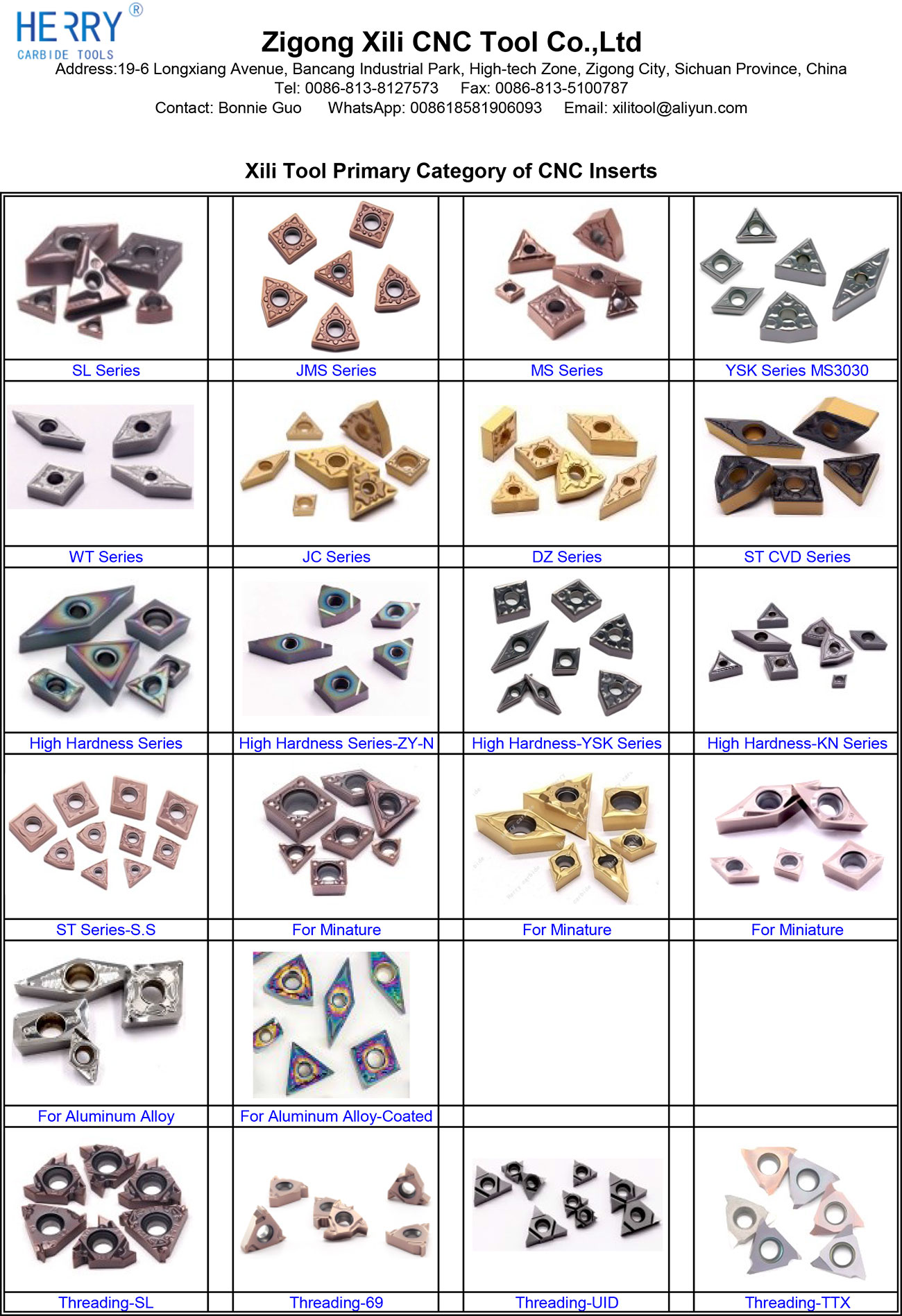
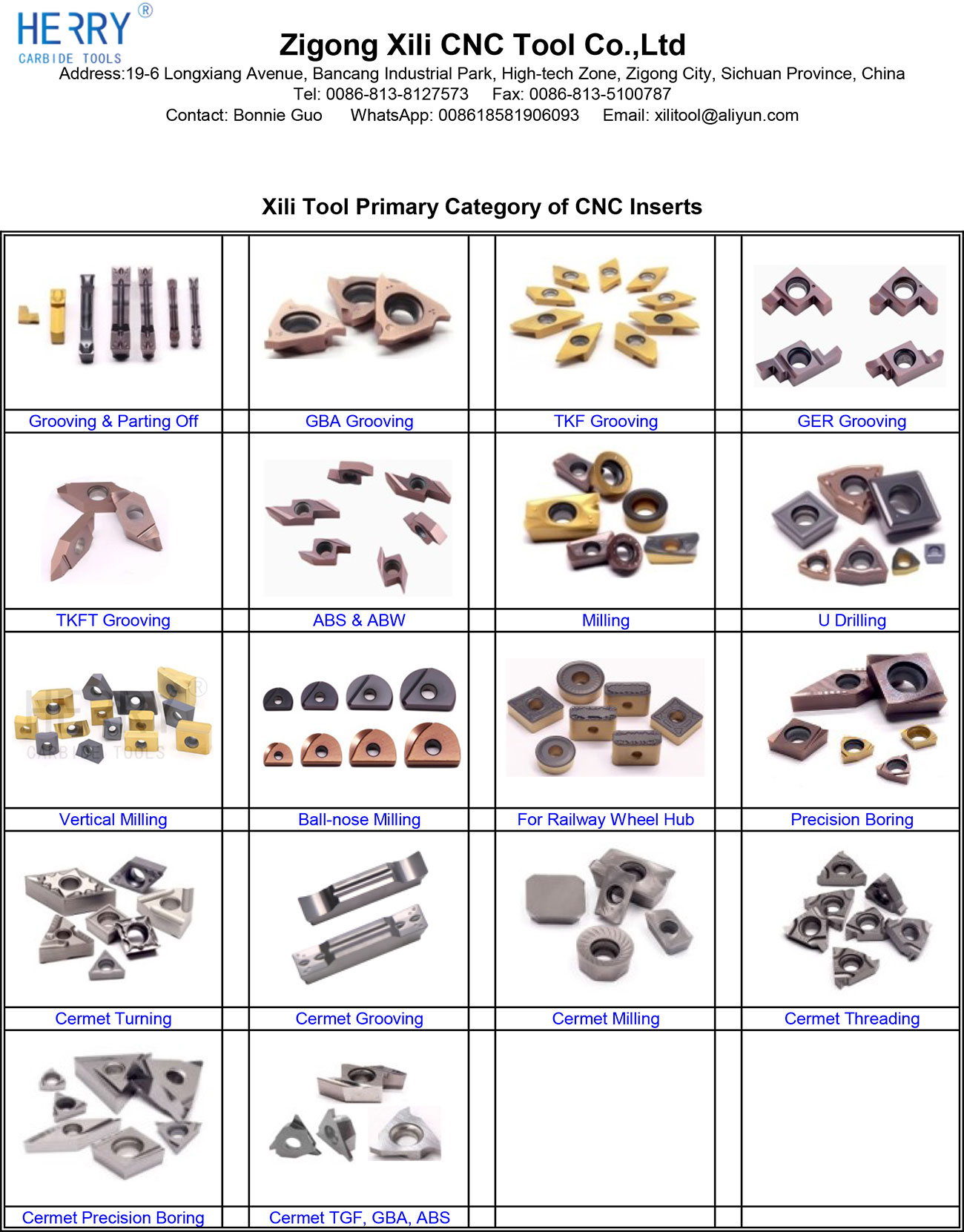
Carbide turning inserts
Carbide milling inserts
Carbide grooving parting inserts
Carbide drilling inserts
Carbide threading inserts
Carbide heavy milling inserts
Carbide vertical milling inserts
Carbide special purpose inserts
Customized carbide inserts
Cermet turning inserts
Cermet fine turning inserts
Cermet precision boring inserts
Carbide end mills
Carbide rotary burrs
Besides standard inserts, we can also make special shape and customized inserts.
Main Application:
Steel, carbon steel, alloy steel, tool steel, structure steel
Stainless steel
Cast iron
High temperature alloy
Non-ferrous metal, aluminum alloy, bronze
Served Industries:

Mould industry, railway industry, auto industry, electronic industry, oil and chemistry industry, energy industry, aircraft and aerospace industry, ship building industry, etc.
Packing and Shipping

We usually ship by express. And for big volume, we can also ship by air or by sea.
DHL: 5~7 working days
FedEx: 5~7 working days
TNT: 7~10 working days
UPS: 5~9 working days
EMS: 15~30 working days
Payment

We accept Western Union, Visa, Credit Card and bank T/T, etc.
FAQ:
Q: Are you trading company or manufacture?
A: We are factory. Our factory is located in Zigong city, Sichuan province, the main base of carbide products, we produce various carbide turning inserts, milling inserts, grooving inserts, threading inserts, non-standard special inserts and cermet inserts and other cutting tools like end mills, rotary burrs, etc.. Welcome to visit our factory.
Q: How long is your delivery time?
A: Generally it is 2~3 for ready stock, 10~45 days for production, and it also depends on the items (shape, size, and quantity) you need.
Q: Can you provide sample? Is it free or charged?
A: Yes, we can offer sample, whether sample will be charged or not depends on quantity. And buyers please kindly bear the courier cost.
Q: What is your minimum order requirement?
A: We accept the small trial order. And big order will get a big discount. And OEM orders are acceptable. Please contact for more details.
Conatact Information:
Zigong Xili CNC Tool Co.,LTD.
Add: 19-6 Longxiang Avenue, Bancang Industrial Park,High-tech Zone, Zigong City, Sichuan Province, China, 643000
Tel: 0086-813-8127573
Fax: 0086-813-5100787
WhatsApp: 0086 18581906093
Wechat: bonnieguo0602
Send Inquiry



 18581906093
18581906093